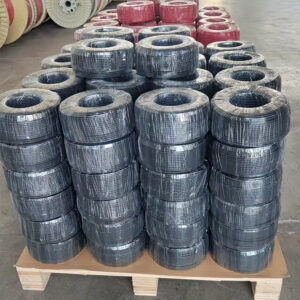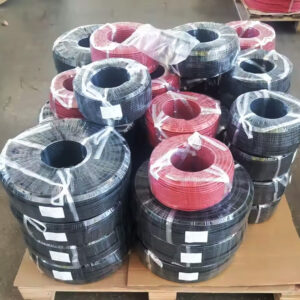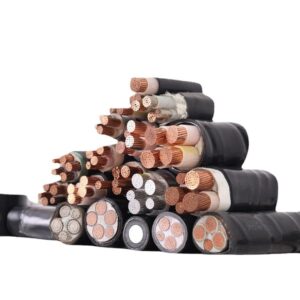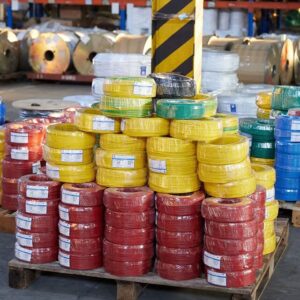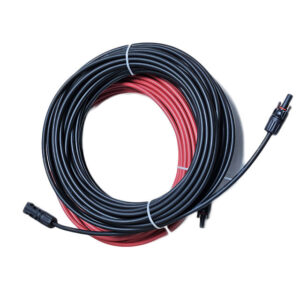High temperature resistant cable is non-negotiable for industrial park power system upgrades – where extreme heat from machinery, processes, or ambient conditions can melt standard cables, causing fires and costly downtime. Selecting the wrong cable risks safety violations, operational failures, and 40% higher replacement costs.
This guide breaks down how to choose industrial-grade heat-resistant cables that meet regulatory demands while maximizing ROI.
1. Temperature Class: Match Cable to Thermal Zones
Industrial environments have distinct heat zones:
| Area | Temp Range | Cable Type |
|---|---|---|
| Boiler Rooms | 90°C–150°C | Silicone Rubber (RGG) |
| Steel Mills | 150°C–250°C | Mineral Insulated (MICC) |
| Tunnels/Utilities | 60°C–90°C | XLPE/LSZH |
| Outdoor High-Ambient | 50°C–70°C | UV-Resistant XLPE |
Pro Tip: Add 20°C margin above measured peak temperatures.
2. Material Science: Insulation Breakdown
Common High-Temp Cable Insulations
| Material | Max Temp | Cost | Best For |
|---|---|---|---|
| XLPE | 90°C–125°C | $$ | General industrial |
| EPR | 125°C–150°C | $$$ | Motors/VFDs |
| Silicone | 180°C–250°C | $$$$ | Foundries, boilers |
| PTFE | 260°C | $$$$$ | Chemical plants |
Avoid PVC: Softens at 60°C – a major fire risk!
3. Certifications: Compliance Saves Millions
Industrial cables must pass:
✔ IEC 60331 (Fire resistance at 750°C+)
✔ IEC 60502-1 (XLPE power cable standard)
✔ UL 1284 (North America high-temp standard)
✔ RoHS/REACH (Chemical compliance)
Case Study: A German auto plant avoided €2M in fines by switching to IEC 60331-certified cables after an audit.
4. Construction: More Than Just Insulation
True heat resistance requires:
- Tinned Copper Conductors: Resist oxidation at high temps
- Fiberglass Braiding: Mechanical protection against abrasion
- Double Jackets: XLPE inner + LSZH outer for 125°C rating
- EMI Shielding (for VFD areas): Prevent drive interference
Red Flag: Single-layer “high-temp” cables often fail within 3 years.
5. Cost Analysis: Premium vs. Budget
| Factor | Budget Cable | Premium HT Cable |
|---|---|---|
| Price | $0.30/m | $1.25/m |
| Lifespan | 2–5 years | 15–25 years |
| Downtime Cost | $18k/hour | Near-zero |
| Safety Fines | Up to $500k | Compliant |
ROI Insight: Premium cables pay back in 3–5 years via reduced outages.

